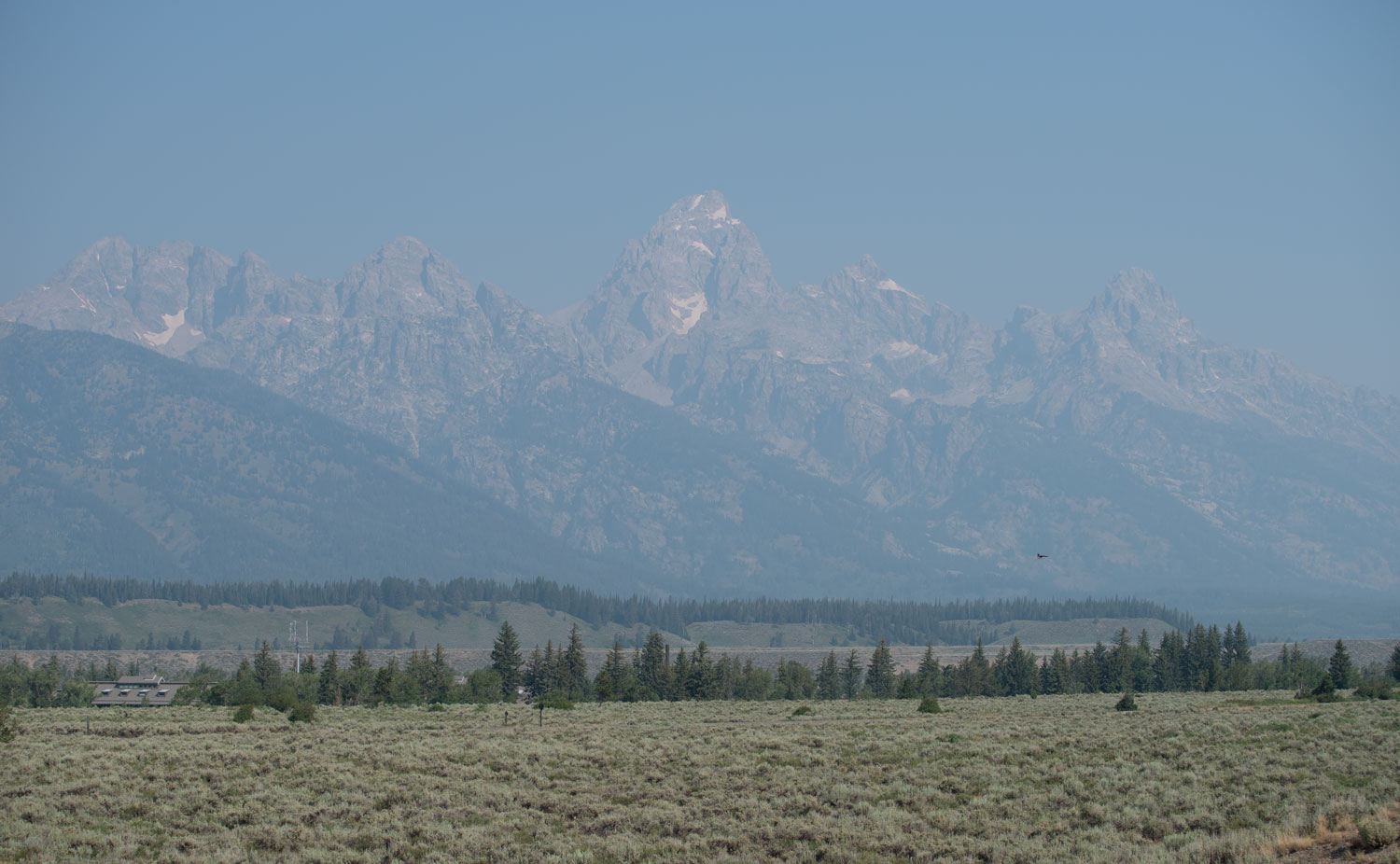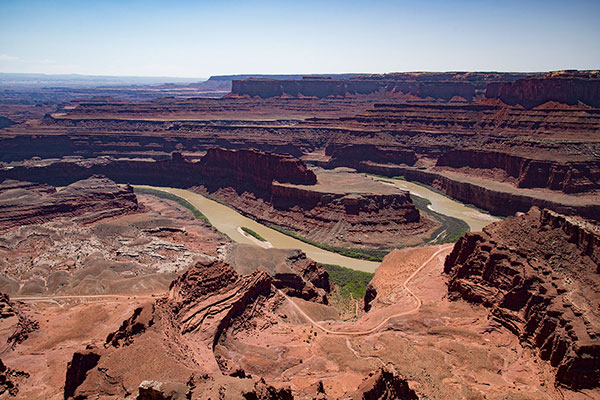Smoke and Haze
Photos by Forrest Anderson and Seth Anderson
If you’re hoping to get beautiful photos of mountain ranges, lakes and blue skies with white fluffy clouds while on vacation this year, this may not be the best year for it. From coast to coast, the skies have been covered with haze over some of America’s most pristine landscapes.
Spectacular mountain ranges and valleys all over the United States have been barely visible because of the smoke from mammoth fires in the Western United States and Canada.
So what’s a photographer to do?
Here are some suggestions:
1. Shoot what’s there. Photography is one of the most effective ways to educate people about the extent of major environmental problems and to spur changes that can improve the environment. One of the best ways right now is to show iconic landscapes shrouded by smoke, with tourists moving through bizarre netherworld haze in locations that we’re accustomed to seeing in crystal clear living color.

This is what the Grand Teton mountains in Wyoming normally look like. Photo by Seth Anderson.
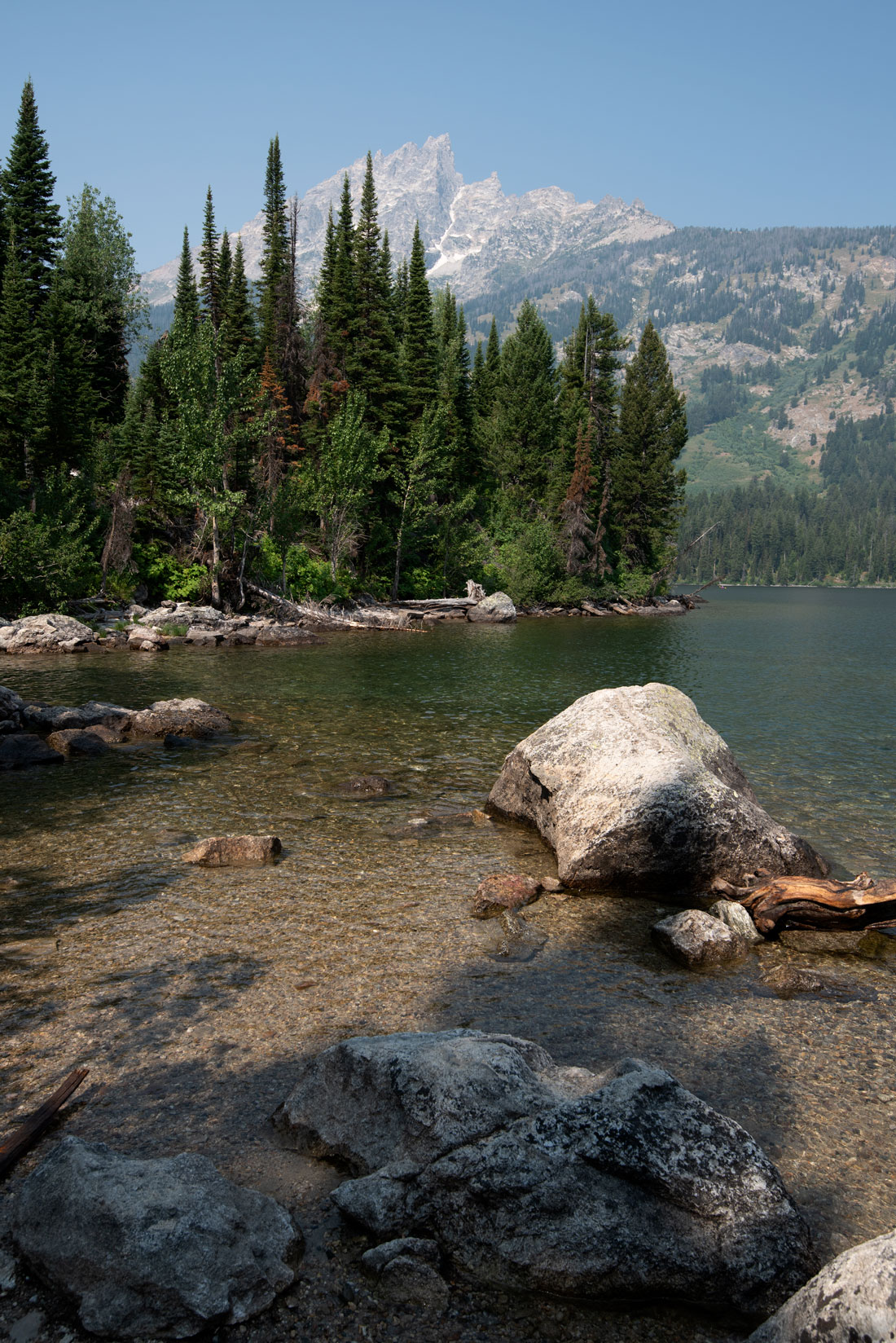
This is a typical scene in the Tetons in recent days as the mountains have been shrouded in smoke from fires to the West.
Work the smoke and haze into your pictures in scenes where they tell the story of the wildfires that have blanketed the country with smoke. The smoke is carrying poor air quality and harmful health effects thousands of miles away from the flames as fires have become more intense, longer lasting and more dangerous because of climate change.
Normally, smoke tends to disperse into higher parts of the atmosphere, but high pressure has pushed the smoke down toward the earth’s surface. The smoke has been a visible sign of orange and red air quality warnings that tell us we are at risk from microscopic particles called PM2.5. The particles in the smoke are small enough to enter people’s lungs and worsen asthma and other respiratory conditions. These particles are especially dangerous to people far away from fires because they don't tend to stay inside and protect themsleves as do people in the vicinity of fires.
Photography can expose the extent of environmental problems like nothing else, and the effect can be to get people to care and to modify their behavior. Photos often have more impact if they are taken by people we know who share them with us.
As journalists, we covered environmental problems in China for years, photographing major cities so shrouded in smog that high rise buildings were almost invisible and noonday looked like twilight. We chronicled the impact of huge clouds of acid rain that drifted from China to Japan. We photographed desertification’s destruction of farmland in northern China, and water pollution gushing into rivers from factories. When we returned to the United States, we were surprised to find that people scoffed at the notion that such environmental damage even existed. The United States had cleaned up its own air quality by 70 percent since the 1960s, and many people were in denial about the worldwide effect of pollution on the earth’s environment.
This year’s wildfires have been a wakeup call from coast to coast as smoke from mammoth fires in the Northwest, California and Canada has obscured the scenes we all travel to see. Apocalyptic photos of orange skies in San Francisco, mountain ranges disappearing behind a blanket of smoke and valleys shrouded in haze have been alarming. They are a reminder that we are all in this environmental thing together. It’s much harder to ignore environmental problems when they are in everyone’s backyard.
For decades, nature photographers have been reporting that the environment was deteriorating on an unprecedented scale. Now, however, we all can see the deteriorating air quality and the lakes that we depend on drying up. When our friends and neighbors photograph and post online photos of environmental problems in our neighborhood, they become a topic for conversation and attitudes and behaviors can change. Your photographs can have a significant impact on getting your friends to think about the environment if you share them. So go for it.
2. You can use haze to convey a particular mood in photographs. Haze sometimes makes mountains into striking layered silhouettes.
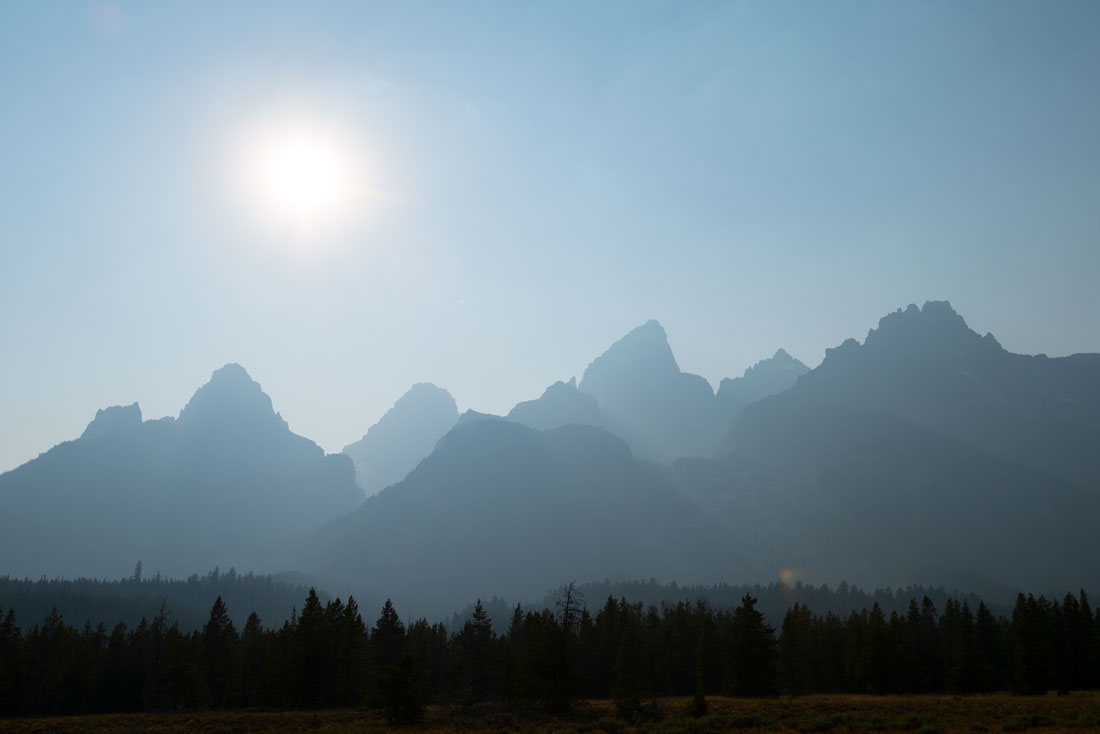
The Grand Tetons, Wyoming.
Haze can be particularly effective in a lake scene, where it can cause the background to drop out.
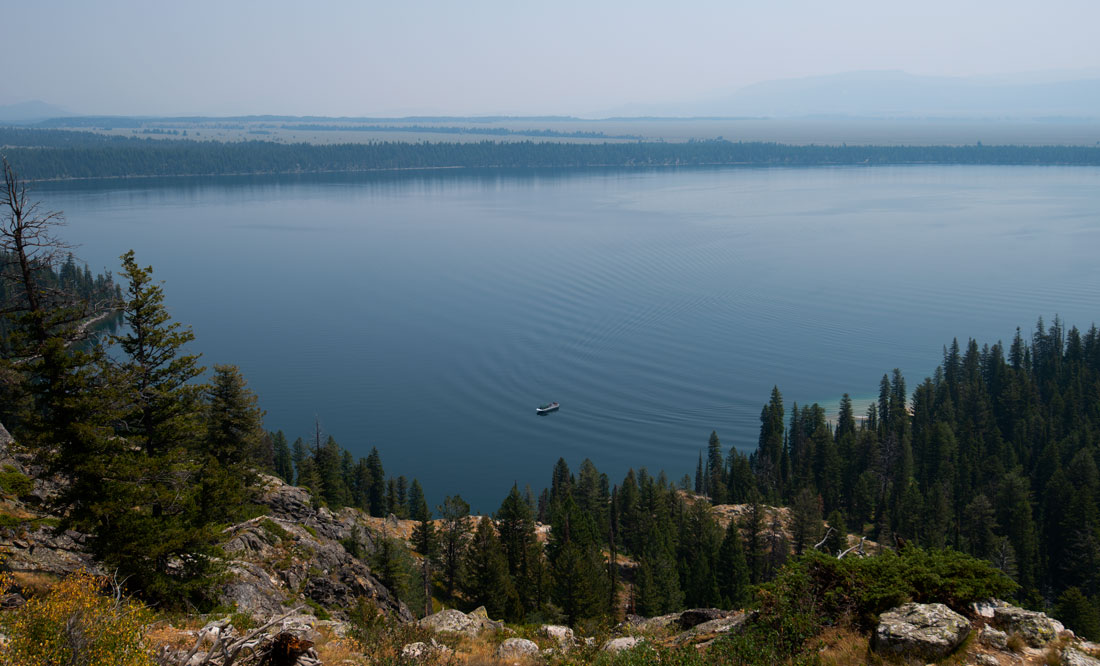
Jenny Lake in Grand Teton National Park, Wyoming.
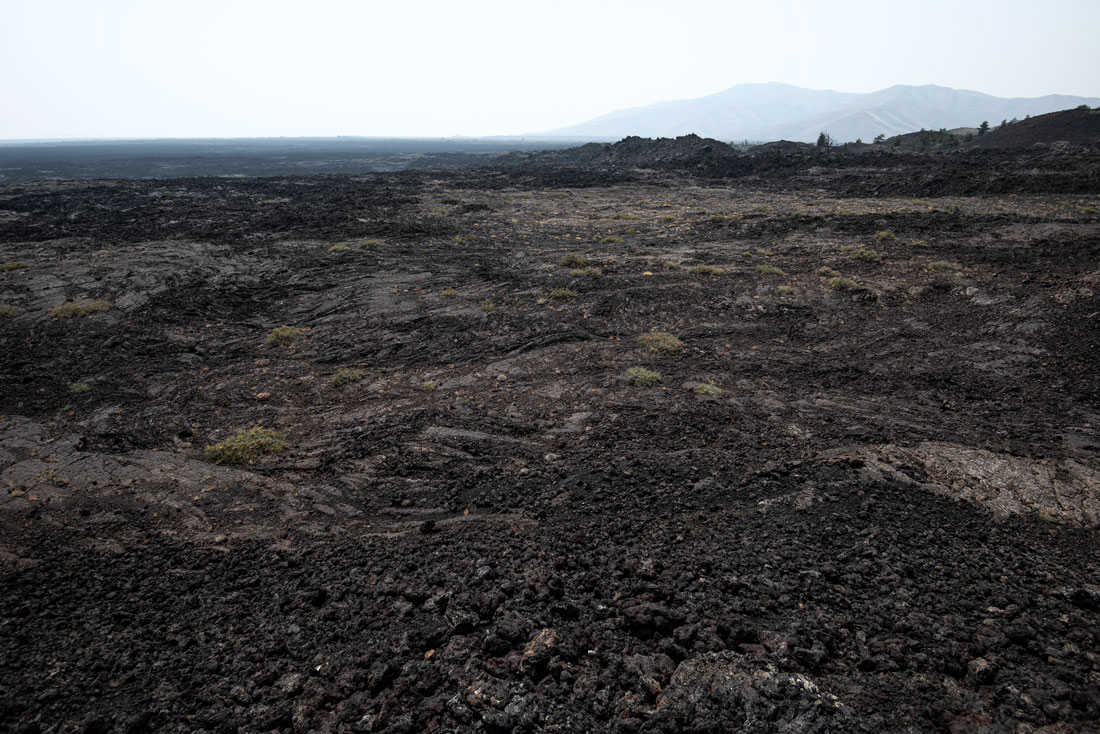
Smoke over the vast black lava fields at Craters of the Moon in Idaho, an ancient volcano site, invokes a weird mood that accentuates the apocalyptic landscape.
3. Many people who were trying to photograph the orange haze from fires over San Francisco found to their frustration that the phones they were taking pictures with reduced haze substantially. If you are visiting a location where you aren’t likely to return soon and you really want haze-free photos, try experimenting with your phone to see if the photos will look clearer than those taken with a digital camera. We have tried it and it works to some extent.
4. When distant landscapes disappear into the haze, there still are closer options you can focus on – waterfalls, people fishing or kayaking nearby on a lake, wildlife, or wildflowers. Professional photographers use this trick all of the time to get clear, pristine photos when distant scenes are hazy. Just aim down and close.
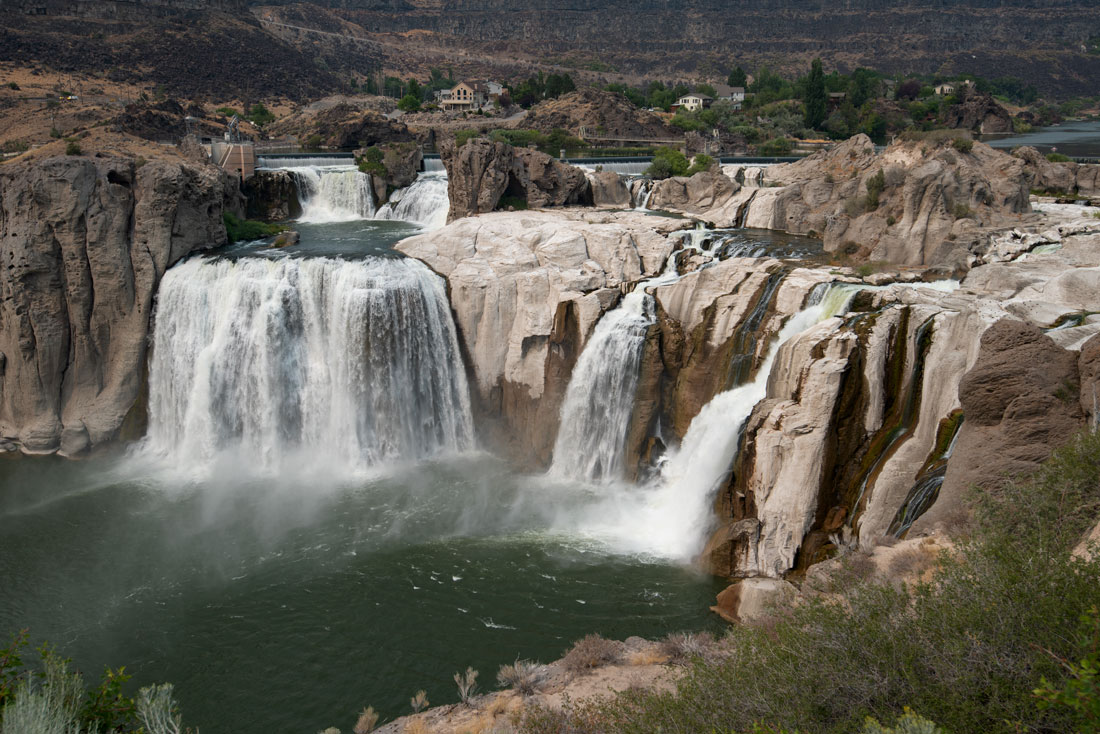
Shoshone Falls, Idaho. The sky and distant landscape are deliberately cropped out of this photo to provide a crisp, pristine image on a smoky day.
The smoke isn't the only concern with nature photography. The International League of Conservation Photographers is at the forefront of efforts to further environmental conservation through ethical photography and film. The league’s goal is to replace indifference to environmental threats with a new culture of stewardship and passion for the planet through photography.
As part of this effort, the group promotes a code of conduct for professional and amateur photographers so that they don’t damage the environment to get photos or engage in false captioning and manipulation of photos.
A major concern with photography in an age of digital enhancement is that photos be authentic and accurate. Another concern is the significant damage being done to natural environments by people trying to get photographs. An egregious example was the 2017 California super bloom, a once-in-a-decade event in which wildflowers bloomed in huge swaths across the state in such quantities that they could be seen from space. Tourists traipsed through them for photo opps, sat on blooms, lay down in them and jumped through them despite pamphlets, signs and warnings to stay on trails. Fragile blooms were crushed.
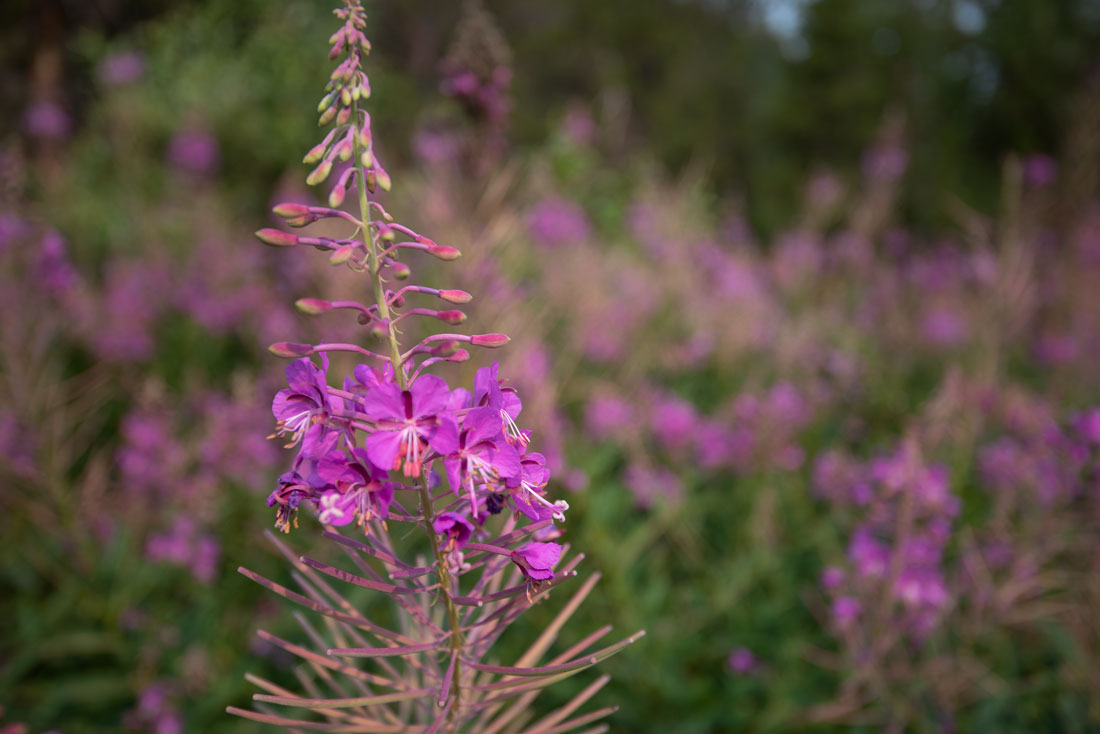
We all take wildflowers for granted, but entire meadows can be destroyed when large numbers of people tramp over them to take photos.

Sign at Mesa Falls, Idaho.
Some national parks have had significant problems with erosion from areas damaged by tourists going off paths to take photos, and valuable resources such as lava flows and geological formations have been destroyed or damaged. People have killed themselves standing too close to the edges of cliffs and bridges to take photos or been injured from holding dangerous animals such as crocodiles to pose for photos. Wildlife have been injured or their habitat damaged for photo opps. Swapping cameras for guns doesn't automatically mean that we avoid endangering species.
The league urges photographers to respect all photo subjects, human or wild, and photograph them from safe, informed, responsible distances as well as following regulations and customs.
This includes treating rangers, scientists, guides, landowners and government officials who are trying to protect the environment with respect. It includes respecting and accurately representing in photos the cultural values and traditions of indigenous people. In the United States, different Native American tribes have different rules about photography on their tribal lands. Some require permits or don’t allow photos at all, while others welcome photographers.
When photographing captive animals, the animal’s welfare is the first consideration. Captive animals should be captioned as such on photos and they never should be represented as wild. Wildlife should never be restrained or staged to get award winning nature photos in any way that could injure or distress an animal or its habitat. Animals should not be baited to get photographs. The conditions under which photos were taken should be spelled out in captions.
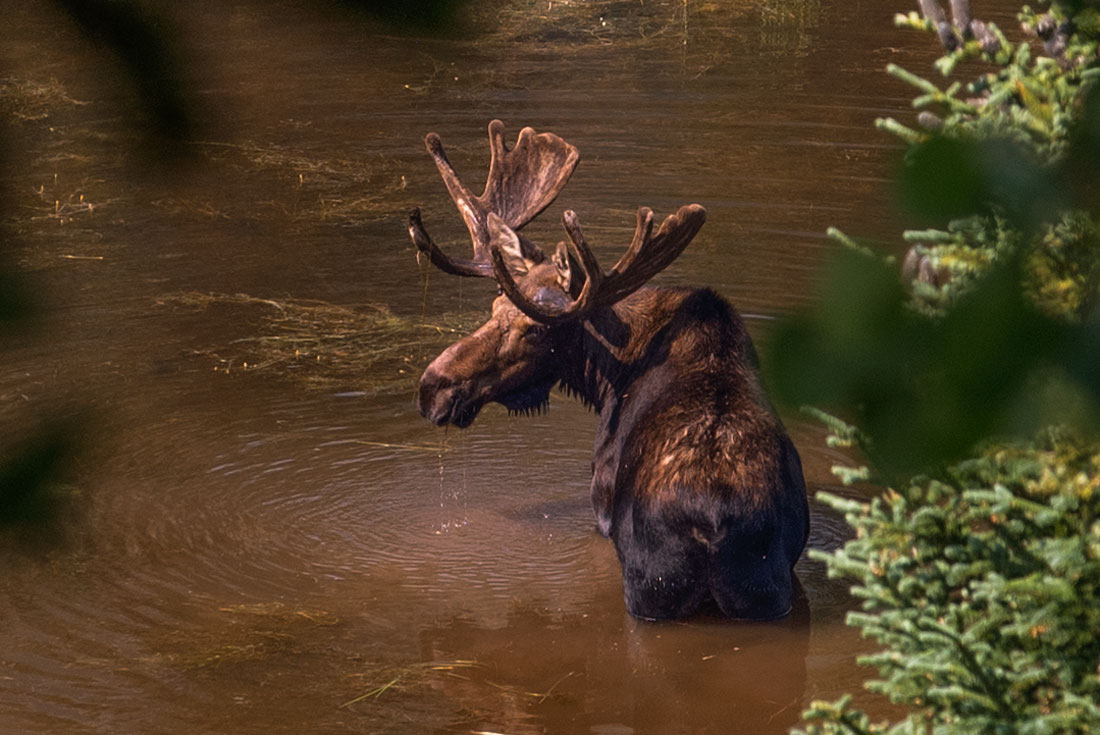
A moose in Grand Teton National Park, Wyoming. A long lens and a respectful distance avoid impacting wildlife and their habitat while photographing them.
Organizations that stage nature photo contests also have a responsibility to ensure in their requirements that the contest does not negatively affect wildlife in any way.
Check out these related items
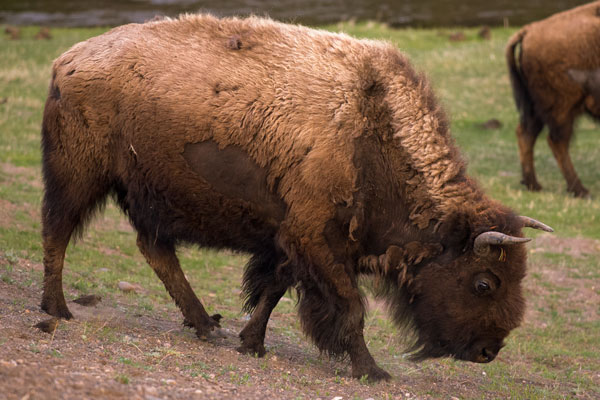
Yellowstone Roars Back To Life
As the pandemic wanes in the United States, the crowds have returned to Yellowstone National Park.
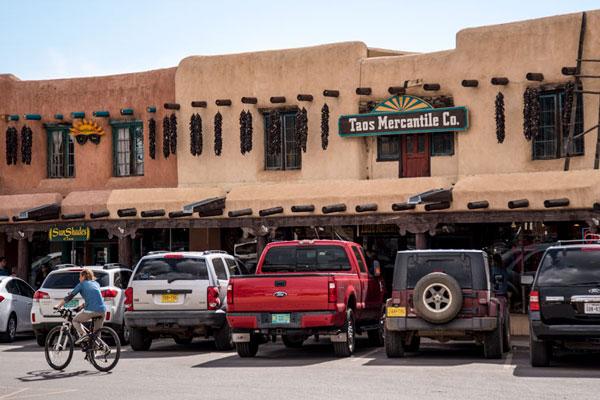
The Booming and Broiling Southwest
The American Southwest is the fastest growing region in the United States, but also the hottest and most arid.

Seeing the Big Picture
We are living in the Great Age of Panoramas, with super wide angle photography permeating our everyday lives.
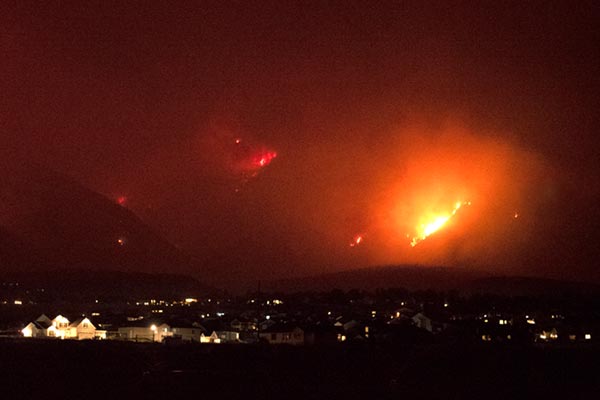
Fire! Is this the new norm?
Are record wildfires the new norm in the West? As fires threaten homes and communities, here are answers to questions about them.
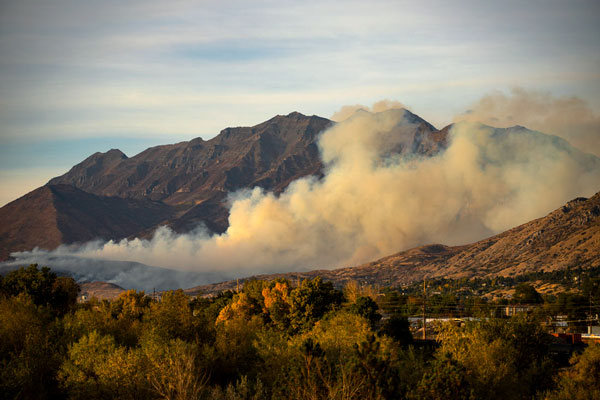
Apocalyptic Outing
We take a (semi)-humorous look at what a Saturday afternoon outing is like in the fall of 2020.
